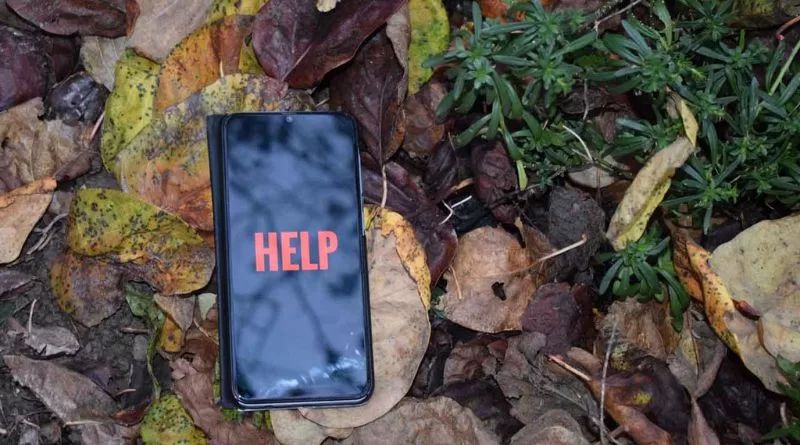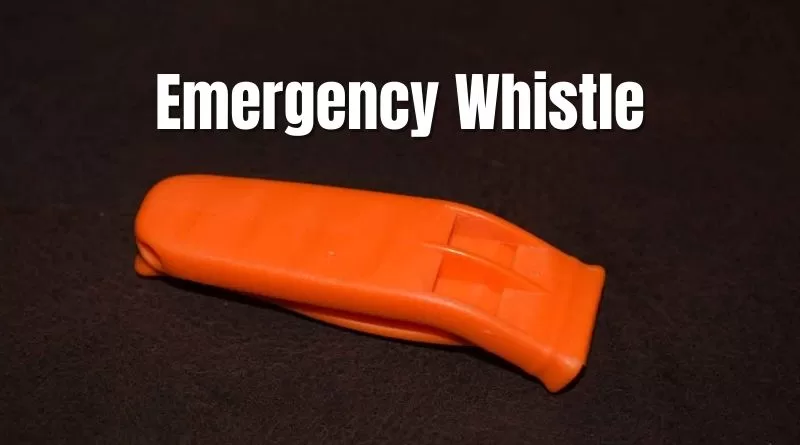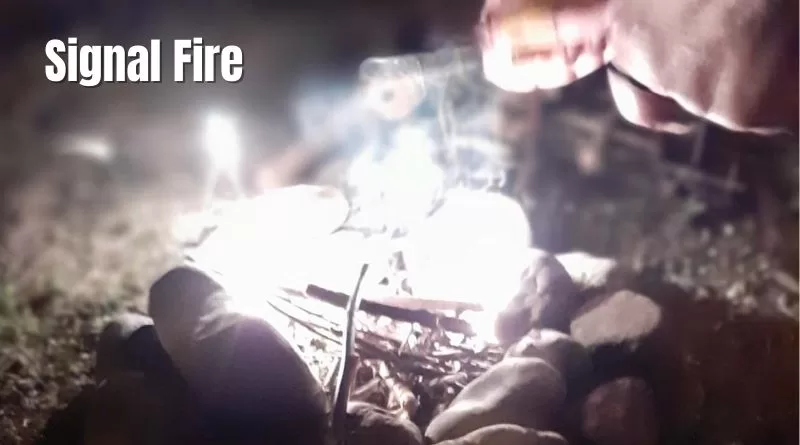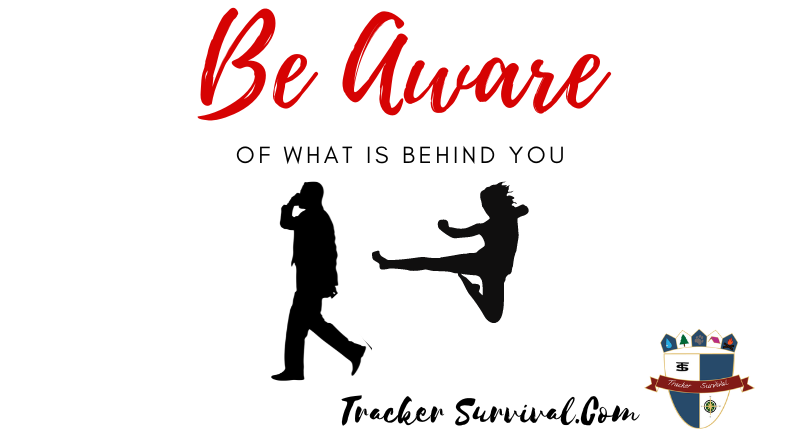How To Signal For Help
There are dozens of ways to signal for help. From high-tech to some that require no technology at all. Learning a few of the most common ways to signal for help is a basic survival skill. Knowing how to signal for help is not confined to the outdoors, it is relevant in the suburbs and cities. Although the methods will be different. Signaling for help is one of the most underappreciated survival skills. There are dozens of ways to signal for help. We will cover a variety of the most practical ones.
When signaling for help, the aim is to get assistance as quickly as possible. To accomplish this, there must be no mistake that there is a request for help being made.
How To Signal For Help In The Outdoors
There are various methods of signaling for help in the outdoors. Some require modern technology and others have been used by our ancestors for generations.
Best High Tech Devices To Signal For Help
Arguably the best method to signal for help is with the use of modern technology. Nothing beats instant two-way communication. And technology makes that possible. But technology does come with its shortcomings.
Technology can fail. Even though technology has come a long way, batteries run out of power. Devices can be broken, certain areas may be so remote that certain devices do not work there. That said, technology should be the first choice. And if that fails, attempt more primitive methods.
Cell Phone
The most convenient and common way that people call for help is on their cell phones. With a phone, a large lot of information can be shared in a short amount of time. The state of emergency, location, number in party, urgency, etc.
If the reception is weak, it may still be possible to send a quick text message.

Satellite Phones or Satellite Messengers
Satellite phones have all the advantages of cell phones, with the added benefit of having vastly wider coverage. Some networks even cover the most remote areas of the world. So why doesn’t everyone use a satellite phone? The answer is quite simple, cost. Satellite phones and their subscription services are quite expensive.
Satellite Messengers are a cheaper alternative to satellite phones, both the devices and the subscription plans are substantially cheaper. Essentially they are text devices that use the satellite network.
2 Way Radio
Two-way radios are great for short distances. To keep in touch with fellow campers, hikers, etc. Be aware that 2-way radio companies ALWAYS exaggerate their device range. I have seen devices that claim to have ranges up to 30 Miles (yeah right). If the 2 way, radio works at a quarter of that distance. That would be danged good.
Companies advertise their products that have been tested in optimal (unrealistic) conditions. For 2 way radios, that probably means that they have one user on top of a cliff and another at the bottom without any obstructions in between.
In dense forests, jungles, and urban areas, a radio that advertises 30 miles may only be audible at about 2 miles. So be aware of 2-way radio shortcomings.
If there is ever a need to call for help with a 2-way radio, get to high ground without any obstructions. It will greatly increase the range of the device.
Personal Locator Beacon (PLB)
A PLB is basically a panic button, when activated it sends out an S.O.S. using the global satellite system on the 406 MHz frequency, the emergency locator transmitter frequency. Higher-end models (with subscriptions) can also double up as satellite messengers.
Out of all the satellite-based methods of signaling for help. The PLB is the most budget-friendly, while still being very effective.
Hand-Held Signal Flare
Flares generate a bright light as well as a significant amount of heat. Hand-held flares work best in areas without obstructions. Try to find a location with an unobstructed line of sight. Tying or taping the flare to a long stick and waving it around does make it substantially more noticeable. Although there are inherent risks. A flare burns at a very high temp. The risks of the flare burning through the cord or tape, falling on you or combustible material, and starting a fire are quite high. So be very careful with the stick-waving flare method.
It is possible to start a fire with a flare, although not recommended unless necessary. It is a waste of a good flare.
Flare Gun
A flare gun is specifically designed to signal for help, that is its only function. Which makes them highly effective. The only drawbacks to flare guns are that they are bulky. Hence not many people have one handy.
Parachute Flares
This is a cross between a flare and a flare gun in function. It is compact, highly visible from a distance, and compact enough to fit in a bug-out bag. And here comes the ”but”, it is expensive.
Caveat Emptor: ALL flares should be treated with respect, they are dangerous tools, and they burn at high heat. Read the instructions carefully and follow them to the letter.
Signal Mirror
A signal mirror is a compact little device that if used properly can be seen from miles away.
Whistle
Shouting for help is exhausting, a simple solution is to use an emergency whistle. To qualify as an emergency whistle, there are a couple of requirements.
It needs to be louder than 100 decibels
Must be pealess, some whistles have a little pea-like object in them. In cold weather, these can freeze rendering the whistle ineffective.

How To Use An Emergency Whistle
There are various methods of using a whistle to signal for help. These are the traditional methods:
Alpine Distress Signal
Six quick blasts, pause for a minute, and repeat until help arrives.
S.O.S
Three quick blasts on the whistle, followed by three long and another three quick blasts. Pause for one minute and repeat. S.O.S. is the international Morse code for help is needed.
Campers, Hikers & Hunters Method
The modern method of using signaling for help with a whistle will also work.
One three-second blast: attention or where are you?
Two three-second blasts: stop searching during a search and rescue.
Three three-second blasts: Help needed urgently.
Four quick blasts: return to camp/base
The modern method is not as widely recognized as the Alpine or SOS distress symbols. In many parts of the world, although widely accepted in the US.
Flag
Waving a brightly colored piece of cloth can attract attention and signal for help. Write S.O.S on the cloth with a marker pen or ash from a fire to make it extra clear that assistance is required.
Signal Fire
A properly set up signal fire can be seen for miles. 3 fires in a triangle are easily recognized as a signal for help. If a triangular setup is not possible, 3 fires in a straight line, evenly spaced apart will do.
Fires are inherently dangerous, set up the fire in an open space. The best locations are beside rivers (open space, easy to put the fire out) or fields (open space, visible from a distance). On the sides of hills, on ridges, etc. Location, location, location. Choose wisely for optimal visibility.
A signal fire in a forest, jungle, or swamp will be pointless as the foliage will block the illumination for the fire and disperse the smoke.
Dry wood burns with a whitish smoke, in bright sunlight, that will not be visible from a distance. Throw green or wet foliage on the fire to create darker thicker smoke. If there is any synthetic material nearby that burns with a cloud of thick smoke, like rubber or plastic. Throw that on the fire.
WARNING: BEFORE lighting the fire, prepare a quick method to 100% put the fire out.

Marking The Terrain
To attract the attention of passing aircraft, use any available material to signal for help. Writing S.O.S or HELP with rocks, wood, etc. The message would have to be large to be visible.
How To Signal For Help In An Urban Setting
Not all emergencies are going to happen in the wild outdoors. In the city, the most common method of signaling for help is picking up a phone and calling emergency services. In the United States that would be dialing 911 and in EU countries it would be 112. Make sure that you know the emergency number for the country that you are in. If you are planning to travel. Write down the emergency number, Embassy, or Consulate number on a piece of paper and keep it with you at all times.
Emergency Whistles
Whistles work well in an urban setting as well, while not as efficient as in the outdoors, the shrill whistle will attract attention. And often that will be enough to make curious pedestrians stop and investigate.
Shouting
If you do not have a whistle on you, shouting will work as well, while more tiring, it will work and a lot of information can be conveyed verbally. Eg: shouting fire will inform people that there is a fire and someone will probably call the fire dept.
How To Signal For Help Discretely
In certain situations, shouting at the top of your lungs may not be the wisest move. In cases like these, there are methods of discretely asking for assistance. We have all seen movies where a kidnap victim writes a message on a piece of paper and passes it to a waiter or cashier. If a pen and paper are not available.
Hand Signal For Help (Domestic Violence)
Launched by the Canadian Women’s Foundation to assist women in domestic violence. The hand signal for help is a discrete way to alert someone that they need assistance but are unable to talk freely for fear of being heard.
It is not an automatic cry for the police, but it is a cry for help. Reach out to the person, and ask them questions that they can answer with a “yes” or ”no”.
Such as: Do you want me to call the police?
Are you in danger right now?
Are you able to leave safely?
For More information on the hand signal for help click on this link Canadian Women’s Foundation
Ask For Angela
In 2016 Inspector Hayley Crawford the District Commander for Bassetlaw created the Ask For Angela campaign. A method of alerting establishments such as pubs, bars, and restaurants that the speaker feels they are in a potentially dangerous or uncomfortable situation.
Asking a staff member of the establishment for the fictional person named “Angela” will inform the staff that the speaker feels unsafe and that they are unable to speak freely. The trained staff should then assist the speaker in extricating themselves from the situation. Either by escorting her/him to a vehicle, calling a taxi/uber, or if necessary calling the Authorities (police).
For more details on the origins of the Ask For Angela Campaign click on this link Nottinghamshire Police UK
Angel Shots
The American version of the UK’s Ask For Angela Campaign. With online dating apps on the rise. People find themselves in uncomfortable and sometimes potentially dangerous situations.
The Angel Shot is a simple yet effective method of asking for assistance without alerting the person next to you that you are feeling unsafe. Asking for an angel shot will alert trained staff at participating outlets to the fact that you need assistance. Ordering different versions of the drink will inform the staff what kind of assistance you need.
- Angel Shot Neat = An Escort to your vehicle.
- Angel Shot On Ice = Discretely Call a taxi and escort off the premises.
- Angel Shot With Lime = Call the police.
The “Ask Angela” and “Angel Shot” methods of signaling for help do have their critics. Citing that if everyone knows the safe words, so could the aggressor.
Be Creative
There are dozens of other ways to signal for help, be creative, and use any and all means to attract attention. Utilize whatever material is at your disposal. Arrange rock, wood, or any material that stands out to write S.O.S/HELP. If in snowy areas tramping the snow to form the letters or shoveling the snow to form letters works as well. The same applies to the beach, or in fields. In a field, you can dig trenches to form the letters and fill them in with material that contrasts against the background.
Remove Formed Signals
Once you have been rescued. Make sure to remove all traces of your signal, if you dug a trench, fill it in. if you used material, remove it. Be sure to put out all signal fires. If you hung out flags, take them down.
If you are unable to do this yourself due to injury, etc. Get someone else to do it. NEVER leave a signal for help out where people will see it and think that assistance is still required.
